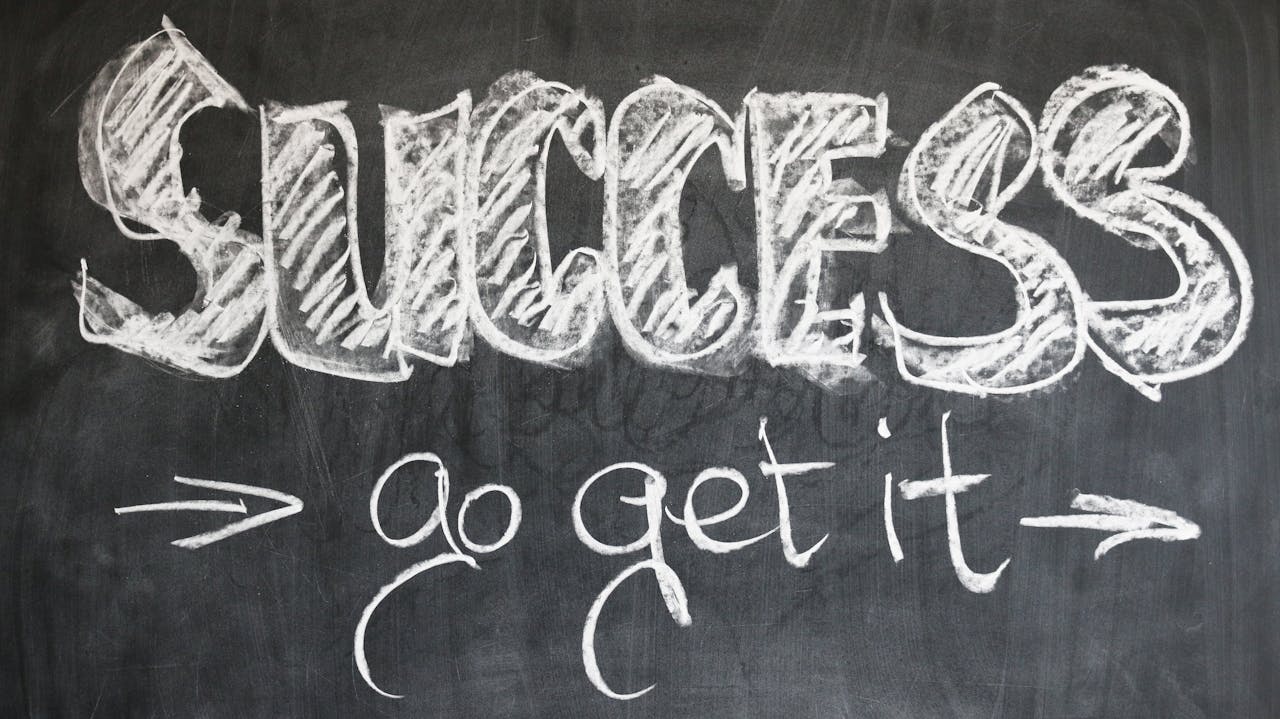

In a perfect world, you would have the luxury to focus on one thing at a time. But, that’s just not reality. The truth of the matter is that you have to learn to master the art of juggling multiple projects and deadlines — and you can do this.
That doesn’t mean that’s been easy. From my experience, I’ve mixed-up deadlines and have wasted time on non-important activities. I’ve even tried to perfect multitasking only to learn the hard that it’s just not ineffective, but also not achievable.
So, what’s the option here? The short answer? Learn how to stay focused — even when working on multiple projects.
Stay calm; organize and prioritize on.
We’ve all fallen victim to this at some point. You glance over your to-do-list or calendar only to get overwhelmed with everything that you need to get done. I mean how can you not when you can’t see the finishing line?
The thing is, getting all worked up isn’t going to help. In fact, it’s only going to make matters worse by heightening your state of anxiety and stress. As a consequence, it’s going to be so difficult to concentrate that you’ll end up procrastinating.
With that in mind, you first need to get back to homeostasis. It could be through some simple breathing exercises, going for a walk outside, or spitballing ideas with a colleague. Once you’ve regained your composure you organize and prioritize your work.
How you go about this is totally up to you. I’m a fan of techniques like the 4Ds of time management. But, your mileage may vary and may prefer to prioritize everything as A, B or C — or use the 1-3-5 scheduling rule — or the scales method.
Whatever strategy you employ, make sure to prioritize your projects by task, timeline, and crunch time. When you do, you’re ensuring that you’re focusing on the right thing at the right time.
Block your time.
Have you identified your priorities? Awesome! Go ahead and give yourself a pat on the back.
Now it’s time to ensure that you’re going to follow through with them. And, one of the best ways to achieve this? Time blocking.
The concept is simple. You take your most important tasks and assign them a specific amount of time in your calendar. For example, if you need to brainstorm ideas with your team, then you would block out an hour in your calendar for this activity.
Time-blocking works because unlike lists, it actually accounts for time. It also discourages multitasking, reduces stress and anxiety, and protects your calendar. Moreover, you can use time blocking to track your progress and realistically carve out “me” time.
Keep all of your projects on location.
Whether you’re flying solo or collaborating with others you don’t want your various projects scarred across multiple docs, spreadsheets, and communication tools. If so, it’s easy for essential information to fall through the cracks — it’s also time-consuming switching back-and-forth.
Asana recommends creating a project roadmap to keep everyone on the same page. With a project management tool like Asana, you can identify priorities, assign tasks, share status updates, and track each other’s progress.
In my opinion, a solid project management tool that syncs with your calendar is a must. But, you can also use tools like Slack, Google Docs, and Calendar to communicate, collaborate, and schedule meetings with ease. The point here is to streamline the number of tools you’re using to avoid any potential setbacks.
Get in the right headspace.
Imagine that you just sat down at your desk with every intention to get work done. You’ve prioritized your list and blocked out this time in your calendar. But, then in you notice a pile of paperwork or hear your kids screaming from the living room.
Despite all the prep work you did, focusing on the task at hand is impossible. And, if this is the case for one project, it’s probably going to be the same for the rest.
Some simple ways to get into the zone would be removing the clutter from your workspace. If background noise is too unbearable, close the door or put on a pair of headphones. You can also optimize your work environment by investing in ergonomic furniture and surrounding yourself with plants.
And, make sure to avoid distractions by turning off your smartphone. You can also create busy signals, like having a sign on your door or marking yourself unavailable on Google Calendar or Slack.
Embrace multi-teaming.
“Few people today have the luxury of working on a single project at a time; most of us are juggling the demands of many teams at once,” Heidi K. Gardner and Mark Mortensen for HBR. “In theory, this system of “multiteaming” offers a number of upsides.
For starters, you have the ability to “deploy your expertise exactly where and when it’s most needed.” You can also “share your knowledge across groups, and switch projects during lull times,” they add. In turn, you can avoid “costly downtime.”
Of course, if you want to get the most out of multiteaming, you need to collaborate and cross-leverage your team. To do so effectively, you must actually get to know your team so that you know not only what their skills are, but also their goals, interests, and personalities.
Furthermore, you must clearly define and align priorities. And, you also need to provide learning opportunities for the entire team.
Look at your calendar.
I get it, this isn’t the most exciting task. But, it’s absolutely essential if you want to meet expectations. More importantly, it can preserve your sanity and prevent you from spreading yourself too thin.
Set aside a period of time and look at what you and your team have booked for the next month, quarter, or even year. Is your team working on five projects simultaneously? If so, can you stagger the start dates?
Are there are areas where you can consolidate by batching similar tasks together? For example, you’re filming a demo for an upcoming product launch. But, another project could also use this type of marketing. Since you have the equipment and crew, it would make sense to do this at the same time.
Do you have a lull before a busy period? You may want to take some time off. The reason? You’ll be refreshed enough to power through.
I’d also recommend adding some wiggle room into your calendar. Maybe you could bump up a due date just in case you fell behind. Or, you could have blocks of free time in your daily schedule in order to handle interruptions or emergencies.
The key takeaway? Review your calendar and adjust project schedules accordingly. It’s the only way that you’ve going to remain productive when working on multiple projects.
Know your limitations.
When I first went out on my own, I accepted each and every project that came my way. Maybe I was being greedy. But, I also wanted to get my name out there.
Eventually, this backfired. Besides getting burned out, I began dropping the ball by missing deadlines or delivering subpar work. The solution? I became more strategic.
If my time was already booked, I would have to decline new requests. Sometimes that meant losing a gig. Other times though the client was flexible and we worked out a new timeframe.
The point is, be realistic with how much you, as well as your team, can handle at once. If you’re already at full capacity, it may not be possible to take on any new projects.











John Hall
John Hall is the co-founder of Calendar a scheduling and time management app. He’s also a keynote speaker that you can book at http://www.johnhallspeaking.com.